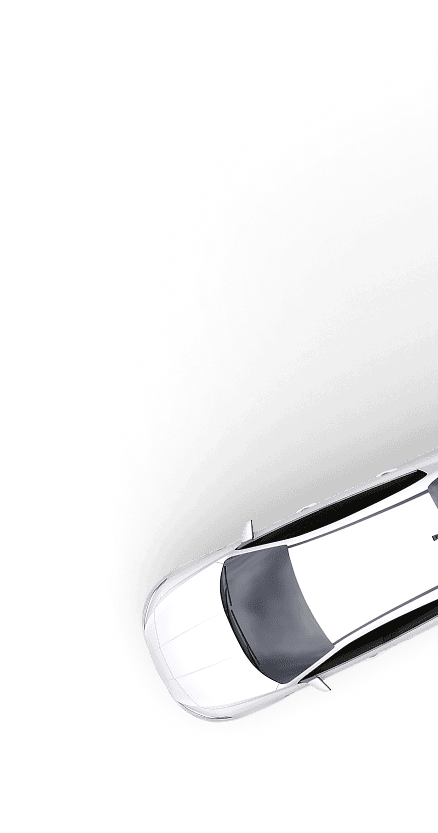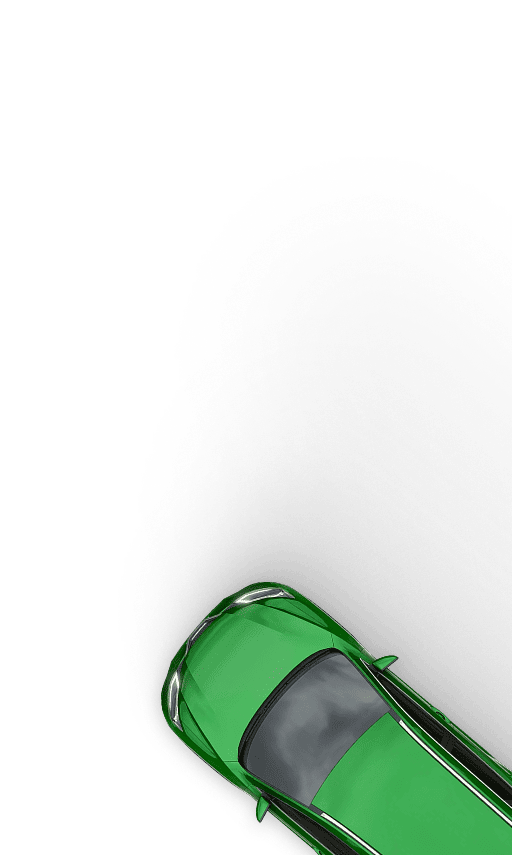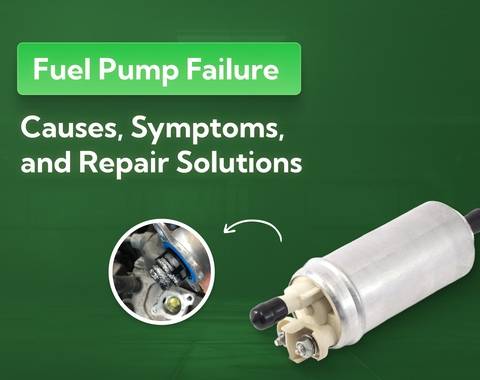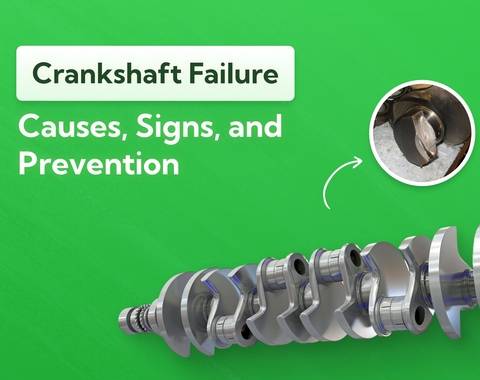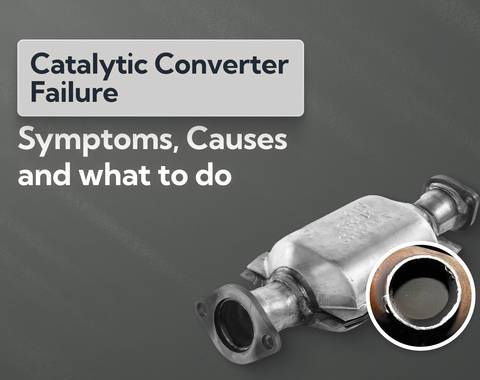What is a Car Breaker? Everything You Need to Know Before Scrapping
Looking to get rid of an old or damaged car? A car breaker can help. They dismantle vehicles, recover valuable parts, and recycle the rest safely. Learn how breakers work, how much money you can make, and when using a licensed yard is the best choice.
Last updated: 10th October, 2025

Award-winning CEO driving growth and social impact across automotive, recycling, and technology-led enterprise platforms.
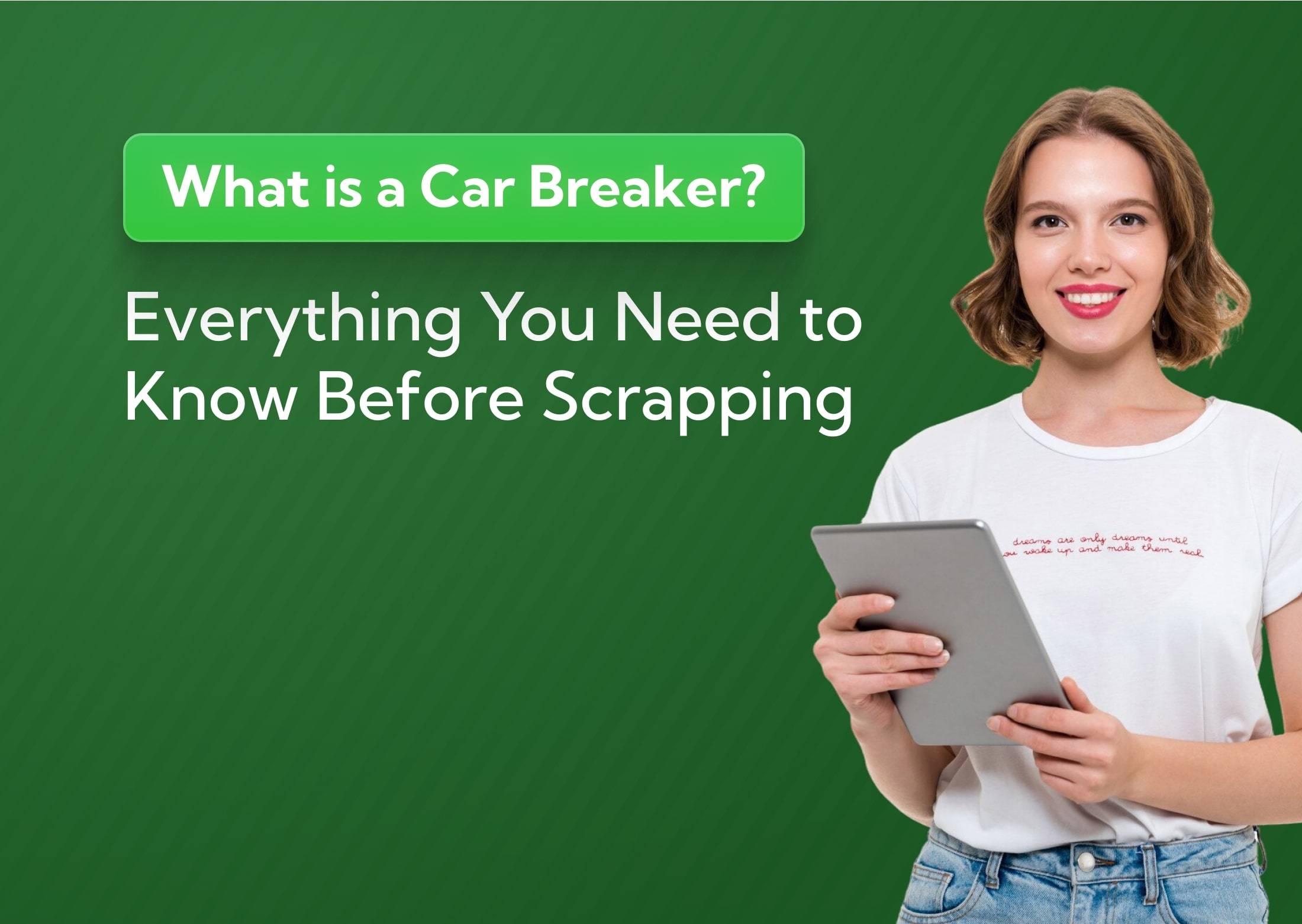
Listen to this story
If you’ve ever searched for ways to get rid of an old or damaged car, chances are you’ve come across the term “car breaker”. But what exactly does it mean?
In the UK, a car breaker is a business that dismantles unwanted vehicles, recycles usable parts, and disposes of the rest safely. Imagine it’s the middle ground between a scrapyard and a parts supplier.
In today’s article, I’ll walk you through what a car breaker is, how car breakers work, how they compare to other options, and what you need to know before visiting one.
What's in this article
What exactly is a car breaker?
A car breaker is a company that takes in vehicles that are no longer wanted, roadworthy, or economical to repair. Instead of sending them straight to scrap, breakers dismantle the car and separate everything of value.
They remove parts that can be reused, such as engines, gearboxes, doors, mirrors, and even smaller items like switches and seatbelts. These are then cleaned, tested, and sold on as used spares.
What can’t be reused is recycled, from the tyres and glass right through to the metal shell of the car.
Car breakers vs scrap yards
Car breakers and scrap yards often get mentioned in the same breath, but they’re not quite the same.
- A car breaker takes a vehicle apart piece by piece. Usable parts are saved, tested, and sold on to drivers and garages. Only what can’t be reused gets recycled.
- A scrap yard focuses mainly on scrap metal value. Cars are crushed or shredded quickly, with little effort to recover working parts.
The key difference is purpose. Breakers aim to extend the life of car parts, while scrap yards focus on recycling raw materials.
Both play a role in the end-of-life vehicle chain. Both operate as licensed Authorised Treatment Facilities (ATFs). And most car breakers also sell scrap metal once they remove the valuable parts.
But if you want to buy affordable parts or sell a car with usable components, a breaker is what you’re looking for.
| Car Breaker | Scrap Yard |
|---|---|
| Dismantles vehicles piece by piece | Crushes or shreds vehicles quickly |
| Recovers and sells usable parts | Focuses on metal recycling value |
| Parts are tested and resold to drivers/garages | Little to no part resale |
| Helps reduce repair costs | Mainly provides raw materials for recycling |
| Best option if your car still has working components | Best option if your car is completely worthless |
How car breakers work
For car breakers, the process is fairly straightforward, and it’s more organised than many drivers expect.
- Vehicle collection or drop-off: Breakers take in unwanted cars directly from owners, insurers, and auctions. Some offer free collection if the car isn’t drivable.
- Initial checks: Paperwork is confirmed, and any remaining fuel or fluids are drained safely.
- Dismantling: Skilled mechanics strip the vehicle. They remove engines, gearboxes, wheels, doors, lights, and electronics.
- Testing and resale: Usable parts are inspected, sometimes refurbished, and then listed for sale online or over the counter.
- Recycling the rest: What can’t be reused is recycled. Metals are crushed and sent for processing, while tyres, glass, and plastics are handled separately.
This step-by-step approach means nothing goes to waste. Valuable parts find a second life, and the rest is disposed of in line with UK recycling standards.
Reasons people use car breakers
For drivers, car breakers play an important role. They offer a way to sell end-of-life vehicles and give access to affordable, second-hand parts. Whether your car is beyond repair or you’re simply after a replacement engine or wing mirror, breakers can help.
You’d use a breaker’s yard to:
- Sell a non-runner or damaged car as quickly as possible
- Earn money from spare parts instead of scrapping the whole vehicle
- Buy quality used parts at a fraction of dealer prices
- Find parts for older models that manufacturers no longer supply
- Reduce environmental impact by recycling and reusing car components
- Save time with breakers who collect vehicles directly from your home
Car breakers vs other options
Breakers aren’t your only option. You’re also able to sell to a private buyer or scrap with an Authorised Treatment Facility (ATF).
Car breakers vs private car buyers
Selling to a private buyer brings in more money if the car is in decent condition. But it takes time, effort, and sometimes repairs to make the car appealing.
Breakers, by contrast, take the car as-is. If it’s damaged or not running, they’ll still buy it. And there’s no advertising or haggling required.
Car breakers vs scrapping with ATFs
Authorised Treatment Facilities (ATFs) are government-approved sites that handle vehicles at the end of their life. They focus on depollution and safe recycling. A breaker is usually also an ATF, but double-check this using the DVLA’s search tool.
The difference is that a breaker tries to recover and resell parts first, while an ATF prioritises safe disposal according to UK environmental law. If your goal is maximum reuse of parts, breakers are the better choice.
Is selling to a car breaker always worth it?
Not always.
If your car is still in good condition, you’ll earn more by selling it privately. If it’s completely beyond use and only worth scrap metal, going straight to an ATF is faster, easier, and safer.
Breakers sit in the middle: they’re best when your car still has usable parts but isn’t worth repairing.
What you need to do before visiting a car breaker
Before taking your car to the breaker's yard, make sure you have your paperwork in order (the yard will ask for the V5C and proof of ID). Also make sure you've put your private number plate on retention, if you have one.
Paperwork to bring with you
You’ll need the V5C logbook to prove you’re the registered keeper. Breakers will also ask for proof of ID, such as a driving licence or passport, and proof of address (e.g, a recent utility bill).
If you don’t have the V5C, some breakers will still take the car, but it results in extra work for them and for you, since you now have to write the DVLA by post. We recommend getting a replacement V5C if you don’t have the original. You can do it online, it costs £25 and only takes 5 working days to arrive.
Removing personal items and number plates
Clear out the car before handing it over. Check the glovebox, boot, under seats, and all the storage compartments. If you have a private number plate, apply to put it on retention through the DVLA before the car is taken away. Otherwise, you’ll permanently lose the rights to it.
Things you should know about the DVLA process
Once a breaker takes your car, you’ll need to notify the DVLA that it’s been taken to an ATF. You can do this online in minutes. The DVLA will update their records, and you’ll get a Certificate of Destruction (CoD) by post within 7 working days.
After the car’s off your hands, you can cancel your insurance. If you pay car tax by Direct Debit, it will be cancelled automatically and you’ll receive a refund for any full months left.
How to choose a legit car breaker
The easiest way to find a legit car breaker is to use the DVLA’s ‘Find a vehicle scrapyard’ online service, which lists ATFs near you. These sites are approved to handle end-of-life vehicles safely and legally.
Alternatively, you can get a free scrap quote through us. We’ll tell you how much your car is worth, factoring in both usable parts and scrap value. Our algorithms identify the highest-value components, and we only partner with licensed ATFs. That way, you can compare local quotes in one place instead of switching between multiple tabs and making phone calls.
Can you buy parts from car breakers?
Yes. Most car breakers sell second-hand parts taken from dismantled vehicles, ranging from major components like engines and gearboxes to smaller items like mirrors, lights, interior trim, and electronic modules. Because the parts come from real cars, they’re often original manufacturer equipment (OEM), which means a better fit and quality than some aftermarket alternatives.
Buying from a breaker saves you a significant amount compared to dealership prices. Plus, most breakers now list parts online with delivery options in addition to operating over-the-counter sales at their yard. In most cases, parts are cleaned, tested, and even come with a short warranty for peace of mind.
What the experts say

Anthony Sharkey
How much money can you get from a car breaker?
There’s no fixed price. What you’ll get depends on three main factors:
- The parts your car still has
- The resale market
- Scrap metal weight
High-demand components like engines, gearboxes, alloy wheels and catalytic converters add tremendous value. Breakers also look at how easily those parts can be sold on. A common model with steady demand for spares will fetch more.
Once the usable parts are removed, the rest of the vehicle is valued as scrap metal. Heavier cars are worth more here.
The bottom line
Car breakers are a critical part of the UK’s vehicle recycling chain. They give drivers a simple way to dispose of old cars, recover value from spare parts, and access affordable replacements.
If your car still has usable components, you’ll get more from a breaker than a straight scrap yard. And if you’re on the hunt for reliable used parts, they’re one of the best places to look.
Whether you’re selling or buying, the key is to stick with licensed operators. That way, you’ll get a fair deal, your paperwork will be handled properly, and your car will be processed legally and responsibly.
Frequently asked questions
To scrap your car with a breaker or ATF, you’ll need your V5C logbook to prove you’re the registered keeper. The yard will also ask for proof of ID (usually a driving licence or passport) and a recent utility bill. If you want to keep your private number plate, make sure you’ve applied to put it on retention using form V778 before handing the car over.
Most of the time, yes. Breakers can take vehicles without keys, especially if they’re being collected on a recovery truck. You’ll just need to provide the right paperwork to prove ownership. Since you won’t be able to take it to the yard yourself, arranging a free same-day or next-day pickup through us is your best option.
Keep in mind that if you sell the car without its keys, your offer will be lower. Without keys, the breaker can’t easily test the ignition, electronics, or certain mechanical parts. On top of that, some parts will only be saleable as a set (e.g., locks, ignition barrel, ECU). Because of this, they’ll usually offer less.
Also, know that missing keys can raise questions; breakers will be extra strict about paperwork. You’ll for sure need the V5C.
No. Under the Scrap Metal Dealers Act 2013, licensed ATFs, including breakers, cannot pay in cash. Payment must be made by bank transfer or cheque, so there’s a clear paper trail. If a yard offers to pay in cash, it’s a red flag that they aren’t operating legally.
When you break your car through our online service, you get paid instantly at the point of collection via secure bank transfer.
Not exactly. A car breaker dismantles vehicles, tests usable parts, and sells them on, with the rest recycled. A salvage yard usually focuses on vehicles that could be repaired or parted out whole, often selling them at auction. Both deal with end-of-life or damaged cars, but breakers specialise in parts recovery, while salvage yards lean towards resale.
Yes, it’s safe as long as you’re dealing with a licensed breaker or ATF. Reputable breakers clean, test, and label parts before selling them, and many now offer short warranties for peace of mind.
When you use our service, we only work with licensed ATFs, so you know the parts are sourced safely and legally.
It’s usually quick. If you’re selling, collection and paperwork can often be handled the same day, with payment made on the same day. If you’re buying parts, lots of breakers now list their stock online, so you can order for delivery or pick-up straight away.
Yes. Most breakers take vans, 4x4s, and other light commercial vehicles as well as cars. The process is the same: they’ll strip usable parts for resale and recycle the rest. Because larger vehicles often contain more metal, the scrap value can even be higher than that of a standard car.
If you want to scrap your van, we’re able to locate a nearby breaker’s yard and give you a quote from them in seconds.
The main exceptions are oversized vehicles such as lorries, buses, motorhomes, and caravans. These require specialist disposal and aren’t usually handled by standard car breakers because they produce more non-metal waste.
Every legitimate breaker in the UK must be registered as an Authorised Treatment Facility (ATF). You can check this by using the DVLA’s online ‘Find a vehicle scrapyard’ service, which lists all licensed sites. If a yard can’t show proof of ATF status or offers to pay in cash, that’s a sign they may not be operating legally.
The easier way is to just go through us. Since we only work with ATFs, you can be sure the local breaker’s yard you see is operating legally.
Your car should still be taxed if it hasn’t been declared SORN, and it should have insurance cover regardless. Once the breaker takes the car and you’ve notified the DVLA, your road tax will be cancelled automatically, and you’ll receive a refund for any full months left. Cancel your insurance only after the transfer is complete, so you’re covered right up until the handover.
About Car.co.uk

Share on
Latest news & blogs

